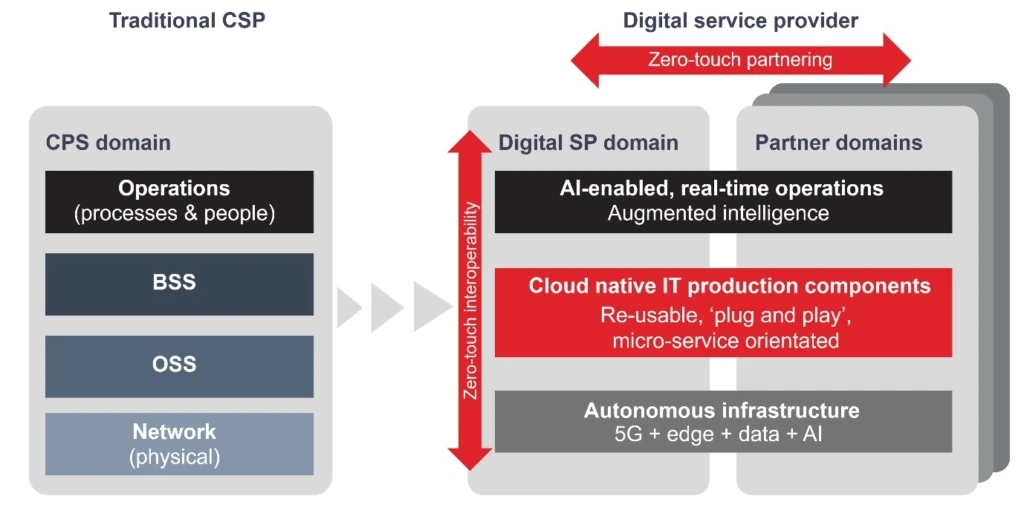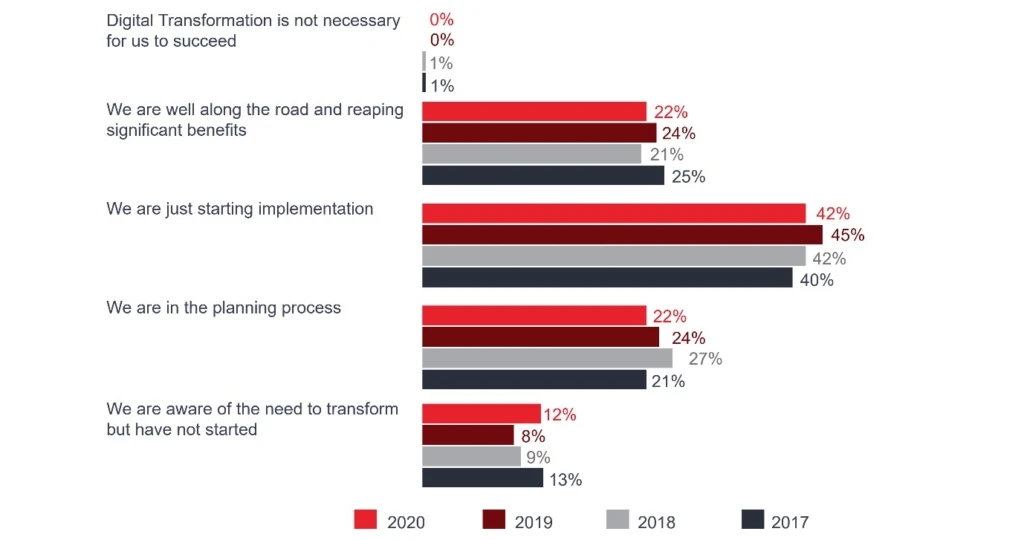
How Cloudonomics can streamline your business support systems

Cloudonomics? What’s that? Good question—In the telecommunications world, the most obvious definition comes from the savings obtained by moving network and IT stacks to the cloud. As for the numbers involved, it really depends on who you talk to. But one thing they have in common is scale. A figure of 80 percent CapEx saving is often used and one telco CTO I spoke to said they would definitely save over 50 percent of CapEx by moving just their IT stack to the cloud. Either way, the savings are huge.
But Cloudonomics is more than CapEx savings. It’s the operational savings that are made by leaping off the continuous hardware and software upgrade roundabout. The time saved by having systems built with the principle of configuration over customization. The additional revenue that will be earned by having a faster time-to-market and getting new, more responsive offers out quicker than the competition. Cloudonomics defines the business case that is driving the emergence of the cloud-based telco.
This new approach is, without a shadow of a doubt, already shaking up the traditional telco business model. In reducing network and IT costs by running open cloud-based systems, new market entrants can undercut established competitors by passing a percentage of the savings onto customers. Some established players have already embarked on a total overhaul of their legacy systems, triggered by the arrival of a very distinct inflection point—that of 5G. These telcos are step-changing their business support systems (BSS) to be able to compete with the new entrants and also put them in a strong partnership position with some of the internet companies whose content and services have driven internet usage.
As broadband and 4G accelerated the move towards the app-based digital economy, 5G is taking the transformation of telecoms to the next level. We are now in the era of the cloud-based telecoms operator where open, agile systems are the foundation on which all services are built and deployed.
As can be seen in figure 1 below, cloud-native IT is the central foundation to help enable the transformation from traditional service provider to becoming a digital service provider. The diagram was published by the TM Forum and was published in their white paper, “A future vision for the software market that the telecom industry needs to survive and thrive” from June 2020. This paper was supported by leading service providers such as Vodafone, Deutsche Telekom, Globe, Orange, and Telefonica. In other words, this is the view of the industry of how IT stacks must evolve.

Figure 1: Architectural transformation from CSP to DSP. Source TM Forum, May 2020
However, it’s worth pointing out the results of a survey TM Forum carried out with service providers in late 2019 and early 2020, about the status of digital transformation projects. As can be seen in figure 2 below, nearly one-quarter of service provider respondents to TM Forum’s Digital Transformation Tracker 4 survey said they are still in the planning stage of transformation, and 42 percent are just getting started. Ever since this survey series started in 2017, virtually all service providers have said that digital transformation is key to their business. There is clearly a large opportunity for service providers to accelerate digital transformation by running streamlined BSS in the cloud and move to the next level of digital transformation to become a cloud-based telco.

Figure 2: Status of Digital Transformation in service providers. Source TM Forum 2020
The streamlined BSS underpinning the successful cloud-based telco ensures management and monetization for all services, in as an efficient and easy manner as possible. The old approach of getting the software vendor to change code when an operator wanted to develop a new service isn’t even up for consideration anymore. With 5G, operators need to be able to take the approach that they can ‘monetize anything’ and they need to be able to do it quickly and cost-efficiently. Any service that can be delivered over a 5G network can be monetized by the operator. This goes way beyond selling connectivity and charging for MBs of data.
With 5G, operators have a set of aces that were not available in previous generations. Operators can control the quality and segmentation (or ‘slicing’) of the network for delivery of different types of service. With 3G and 4G there was a, perhaps cynical, view that operators were dumb wireless pipes for the internet companies to sell and deliver their services over. With 5G, the tables could be set to turn. Operators have the potential to shift the business and technical structures from delivering dumb pipes to establishing ‘5G as a platform’. This positional change would permit the telco to establish the strongest position in the 5G value chain. With 5G network slicing operators can apply different Quality of Service (QoS) models for different services. This is a game-changer for operators, especially in the lucrative, highly-varied, and relatively untapped enterprise market. This is where operators see the main 5G opportunity.
A recent study by leading telecoms analyst firm, Omdia, showed that almost 73 percent of telecoms operators believe that most 5G revenues will be derived from B2B, B2B2C, and Government/smart cities opportunities. Fair enough, but what can operators sell these enterprises and, more importantly, what and how do the enterprises want to buy? In order to find this out, a leading consulting firm ran a survey of over 800 industrial companies in 2019. This survey showed what enterprises want from 5G is guaranteed QoS. Many enterprises are undergoing digital transformation themselves, and 67 percent believe that guaranteed 5G QoS is critical for the success of this process. The good news for the telecommunications industry is that the enterprises prepared to pay for it, with 79 percent saying that they would expect to pay a premium for guaranteed 5G QoS.
“Cloud-native, streamlined BSS from industry-leading partners like Openet enables operators to manage 5G QoS, provide enterprise service level agreements, and have different charging rules based on the QoS delivered,” says Rick Lievano, Director, WW Media and Communications Industry at Microsoft. Indeed, operators can do this themselves, quickly and easily by changing configuration rules. In fact, the operators can let their partners change these configuration rules as part of a partner ecosystem. As 5G can deliver many, many different types of services, operators are looking to build up cloud-based partner ecosystems. The goal for the telco is to become highly ‘magnetic’ and simple to sign up partners whose services can be delivered with the required ‘on-demand’ 5G connectivity. Only in this way can 5G become an integral success factor within Enterprises on a massive scale.
The operators can then sell these highly configurable 5G-based service models from an app-store style enterprise marketplace. Advanced policy and charging rules can be used to manage QoS, network slicing, real-time usage, and pricing of services. Operators become capable of selling hugely valuable service level agreements to enterprise customers. The click, purchase, deploy approach to delivering a range of 5G enabled services, comprising of partners’ offers and dynamic 5G connectivity on-demand places the service provider at the center of the 5G enterprise value chain. This is about as far from that dumb pipe model as you can get.
Selling enterprise 5G services with managed QoS and SLAs enabled by network slicing is just one example of how cloud-native, streamlined BSS will help operators take center stage in the 5G value chain and help define a new era of Cloudonomics in telecoms.
“5G and cloud is shaking up the telecoms industry and opening up many new opportunities for operators. However, in order to be able to capitalize on these opportunities, telecoms operators need a smooth, and efficient upgrade path from traditional telco systems and processes. Openet is proud to be enabling operators to upgrade for 5G by delivering streamlined BSS on Microsoft Azure”, Niall Norton, CEO, Openet.




